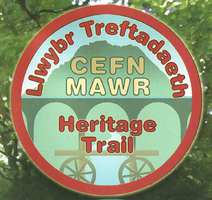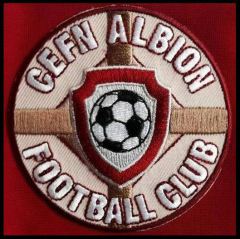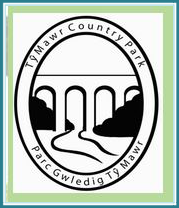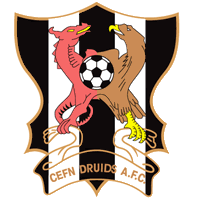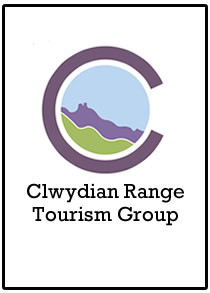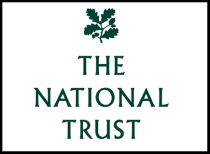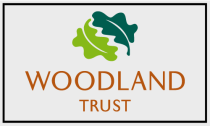Ruabon
People have lived in the Ruabon area for over three thousand years. The earliest
evidence of this is the archaeological finds dated to around 1400 BC which represents the period in the middle of the Bronze Age. These Bronze Age discoveries were made in Cleveland Street in the
centre of Ruabon in 1898 when workmen were excavating to lay new drains. A vessel, later confirmed to be a funeral Cist was found which contained cremated remains. This was followed by a further
discovery in 1917, when local school pupils working in school gardens discovered further Bronze Age evidence.
This occupation seems to have been continued into the Iron Age when the settlement at the Y Gardden hill fort, which has been dated to around 400 BC, was home to a substantial community which only
ceased to exist when the Roman invasion took place in 55 AD.
These Bronze Age discoveries were made in Cleveland Street in 1898 in the form of a funeral Cist containing cremated remains. In 1917, the local school pupils made a further discover of a Bronze Age
mound known as a ‘Round Barrow’ whilst digging in the schools gardening patch. This contained bones, a flint arrow-head and a bronze axe of a type used for trading and export which suggests the area
was transversed by trading routes in those times.
The hill fort mentioned previously stands some 585 feet above sea level and holds a commanding position over the local area. It is said to be of considerable construction and home to a significant
community. Interestingly it has never been fully excavated.
The two great 5th and 8th century earthworks of Wat’s Dyke and Offa’s Dyke set the community boundaries of Ruabon which are largely in force today and between these boundaries we find the church of
St Mary and St Mabon which has acted as a focal point from those early times.
It is said that prior to the Edwardian conquest in 1282 Welsh farming communities occupied the area for over one thousand years and many of the names from those times are still in existence to day,
for example Hafod and Rhuddallt are still used as house names in the local school.
For more on Ruabon and up to date info please see their web site by following the link.


